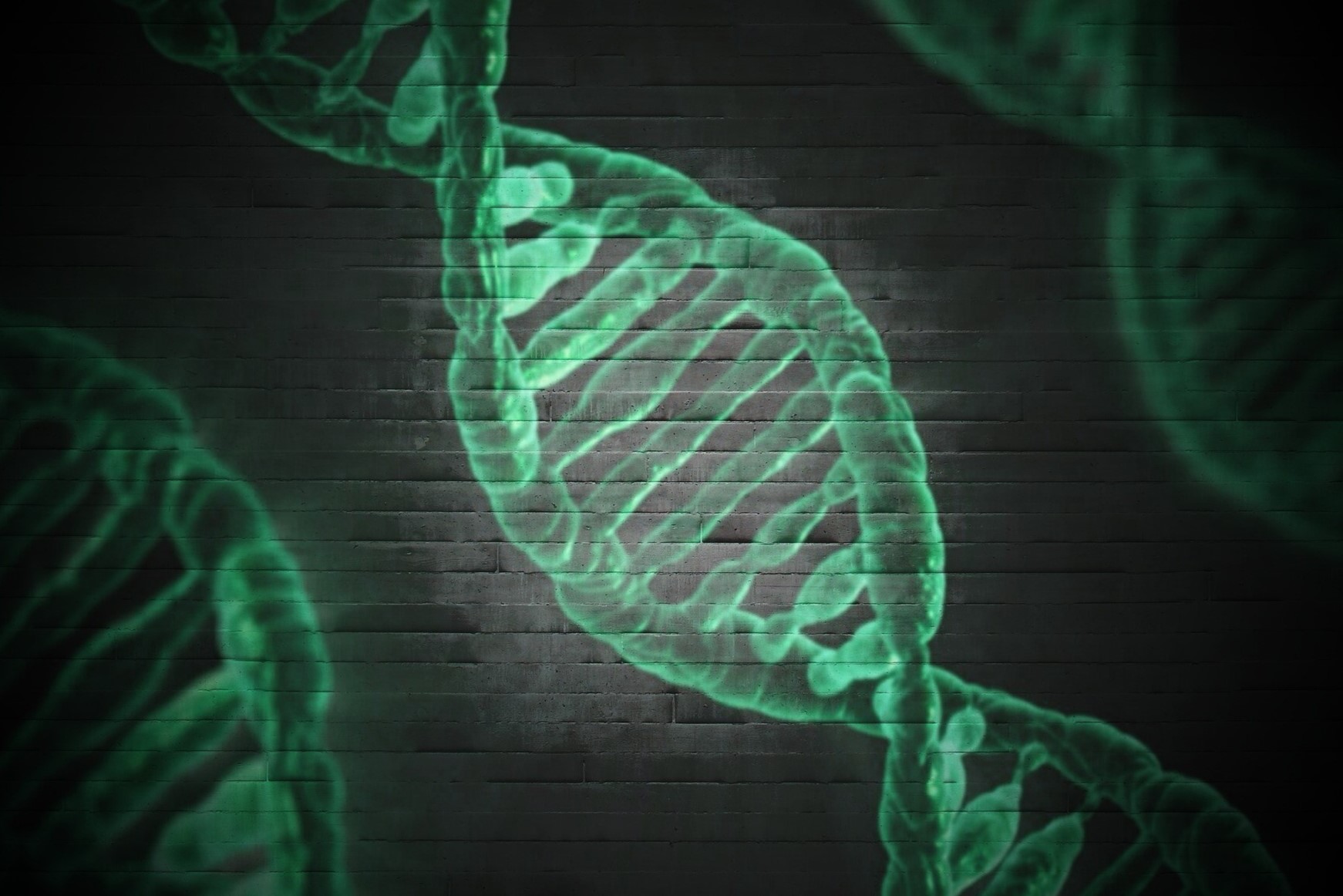
What is Multiple Hamartoma Syndrome? Multiple Hamartoma Syndrome, also known as Cowden Syndrome, is a rare genetic disorder. It causes the growth of multiple non-cancerous tumors called hamartomas in different parts of the body. These growths can appear on the skin, in the thyroid, breast, gastrointestinal tract, and other organs. The condition is linked to mutations in the PTEN gene, which normally helps control cell growth. People with this syndrome face a higher risk of developing certain cancers, including those of the breast, thyroid, and endometrium. Early diagnosis and regular screening are crucial for managing the risks associated with this syndrome.
Key Takeaways:
- Cowden Syndrome is a rare genetic disorder causing non-cancerous growths in various body parts. It increases the risk of cancers, so early diagnosis and regular screening are crucial for managing the condition.
- Managing Cowden Syndrome requires a team of specialists and regular screenings for cancers. Raising awareness and supporting research can make a significant difference in improving the lives of those affected.
What is Multiple Hamartoma Syndrome?
Multiple Hamartoma Syndrome (MHS), also known as Cowden Syndrome, is a rare genetic disorder. It involves the development of multiple non-cancerous growths called hamartomas. These growths can appear in various parts of the body, including the skin, mucous membranes, thyroid, breast, and gastrointestinal tract.
- Definition and Synonyms: Multiple Hamartoma Syndrome is also known as Cowden Syndrome or Cowden Disease. It is a rare autosomal dominant disorder.
- Genetic Basis: The condition is caused by mutations in the tumor suppressor gene PTEN, which is located on the long arm of chromosome 10 (10q22-23).
- Prevalence: The incidence of Cowden Syndrome is estimated to be about 1 in 200,000 people.
- Age of Onset: Patients may present with symptoms in their teens or early 20s, but most commonly present in their late 30s.
Clinical Features and Symptoms
Understanding the clinical features and symptoms of Cowden Syndrome is crucial for early diagnosis and management. These features can vary widely among individuals.
- Clinical Features: The syndrome is characterized by the presence of multiple hamartomas, which are benign growths that can occur in any organ. Common sites include the skin, mucous membranes, thyroid, breast, and gastrointestinal tract.
- Mucocutaneous Lesions: Patients often develop mucocutaneous lesions such as trichilemmomas (wart-like growths), oral papules, and keratoses (rough, scaly skin growths).
- Thyroid Involvement: There is an increased risk of thyroid malignancies, with a significant proportion of patients developing thyroid cancer.
- Breast Cancer Risk: Women with Cowden Syndrome have an increased risk of developing breast cancer, with some studies indicating a lifetime risk of up to 85%.
- Endometrial Cancer Risk: There is also an elevated risk of endometrial cancer, with a lifetime risk estimated to be around 28%.
- Colorectal Cancer Risk: The risk of colorectal cancer is higher in individuals with Cowden Syndrome, with a lifetime risk estimated to be approximately 9%.
- Renal Cell Carcinoma Risk: There is an increased risk of renal cell carcinoma (kidney cancer), with a lifetime risk estimated to be around 35%.
- Skin Cancer Risk: Individuals with Cowden Syndrome are at a higher risk of developing skin cancers, including melanoma, with a risk exceeding 5%.
- Brain Tumors: Rarely, patients may develop cerebellar dysplastic gangliocytoma (Lhermitte-Duclos disease), a type of brain tumor.
- Gastrointestinal Involvement: Hamartomas can occur in the gastrointestinal tract, particularly in the rectosigmoid colon, stomach, duodenum, small bowel, and esophagus.
- Macrocephaly: Some patients exhibit macrocephaly, or an enlarged head size, which is a characteristic feature of the syndrome.
- Meningiomas and Vascular Malformations: Rarely, patients may develop meningiomas or vascular malformations as part of the syndrome.
Diagnosis and Screening
Diagnosing Cowden Syndrome involves a combination of clinical features and genetic testing. Regular screening is essential for managing the condition.
- Diagnostic Criteria: The diagnosis of Cowden Syndrome is based on a combination of clinical features and genetic testing. The National Comprehensive Cancer Network (NCCN) provides guidelines for the diagnosis and management of the syndrome.
- Multimodal Diagnostic Approach: A thorough evaluation involves multimodality imaging techniques such as ultrasonography, barium studies, computed tomography, and magnetic resonance imaging, along with clinical examination and histopathological correlation.
- Genetic Counseling: Genetic counseling is essential for individuals and families affected by Cowden Syndrome to understand the risks and implications of the condition.
- Screening Recommendations: Regular screening for cancers is crucial, including annual thyroid ultrasounds, breast MRI, and colonoscopy. Women should also undergo annual mammograms and clinical breast exams.
- Cancer Screening in Children: Although the risk of cancer is higher in adults, children with Cowden Syndrome should also undergo regular screening, including thyroid ultrasounds and breast exams.
- Family History: A family history of Cowden Syndrome or other PTEN-related syndromes can increase the likelihood of diagnosis. Genetic testing can identify mutations in the PTEN gene.
Treatment and Management
Managing Cowden Syndrome requires a comprehensive approach involving various specialists. While there are no specific medications for the syndrome, treatments for associated conditions are available.
- Interprofessional Approach: An interprofessional approach to treatment is necessary, involving specialists such as dermatologists, gastroenterologists, oncologists, and geneticists.
- Medications and Treatment: While there are no specific medications for Cowden Syndrome, treatments for associated cancers and other conditions are available. Medications currently being studied show encouraging results.
- Rare Cases: Rare cases of Cowden Syndrome may present with additional features such as smooth muscle hamartomas or vascular malformations. These cases highlight the variability of the syndrome.
- Pathognomonic Criteria: Pathognomonic criteria for diagnosing Cowden Syndrome include the presence of Lhermitte-Duclos disease (cerebellar dysplastic gangliocytoma) and other specific hamartomas.
- Multisystem Involvement: Cowden Syndrome is a multisystem disorder, affecting multiple organs and systems. A comprehensive evaluation is necessary to identify all potential manifestations.
- Malignancy Risk: Despite being benign, hamartomas can sometimes develop into malignant lesions. Therefore, further pathologic examination and surgical resection should be aggressively performed without reservation.
Awareness and Research
Raising awareness and supporting research are vital for improving the lives of those affected by Cowden Syndrome. Education and support can make a significant difference.
- Awareness and Education: Raising awareness about Cowden Syndrome is crucial for early diagnosis and management. Educational resources and support groups can help families cope with the condition.
- Research and Clinical Trials: Ongoing research and clinical trials aim to improve our understanding of Cowden Syndrome and develop more effective treatments. Participating in these studies can contribute to advancing the care for individuals with this condition.
Key Takeaways on Multiple Hamartoma Syndrome
Multiple Hamartoma Syndrome, or Cowden Syndrome, is a rare genetic disorder marked by multiple benign growths called hamartomas. These can pop up in various parts of the body like the skin, thyroid, and gastrointestinal tract. The condition stems from mutations in the PTEN gene. People with this syndrome face higher risks of cancers, especially in the thyroid, breast, and endometrium. Regular screenings and genetic counseling are crucial for managing these risks.
Symptoms often appear in the late 30s, but early detection can make a big difference. An interprofessional approach involving dermatologists, oncologists, and geneticists helps provide comprehensive care. Awareness and education about Cowden Syndrome are vital for early diagnosis and better management. Ongoing research and clinical trials aim to improve treatments and outcomes for those affected. Understanding these facts can help in recognizing and addressing this complex condition.
Frequently Asked Questions
Was this page helpful?
Our commitment to delivering trustworthy and engaging content is at the heart of what we do. Each fact on our site is contributed by real users like you, bringing a wealth of diverse insights and information. To ensure the highest standards of accuracy and reliability, our dedicated editors meticulously review each submission. This process guarantees that the facts we share are not only fascinating but also credible. Trust in our commitment to quality and authenticity as you explore and learn with us.


